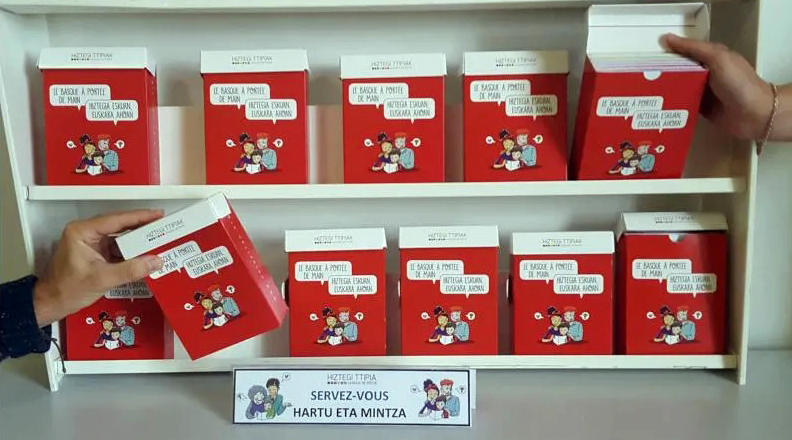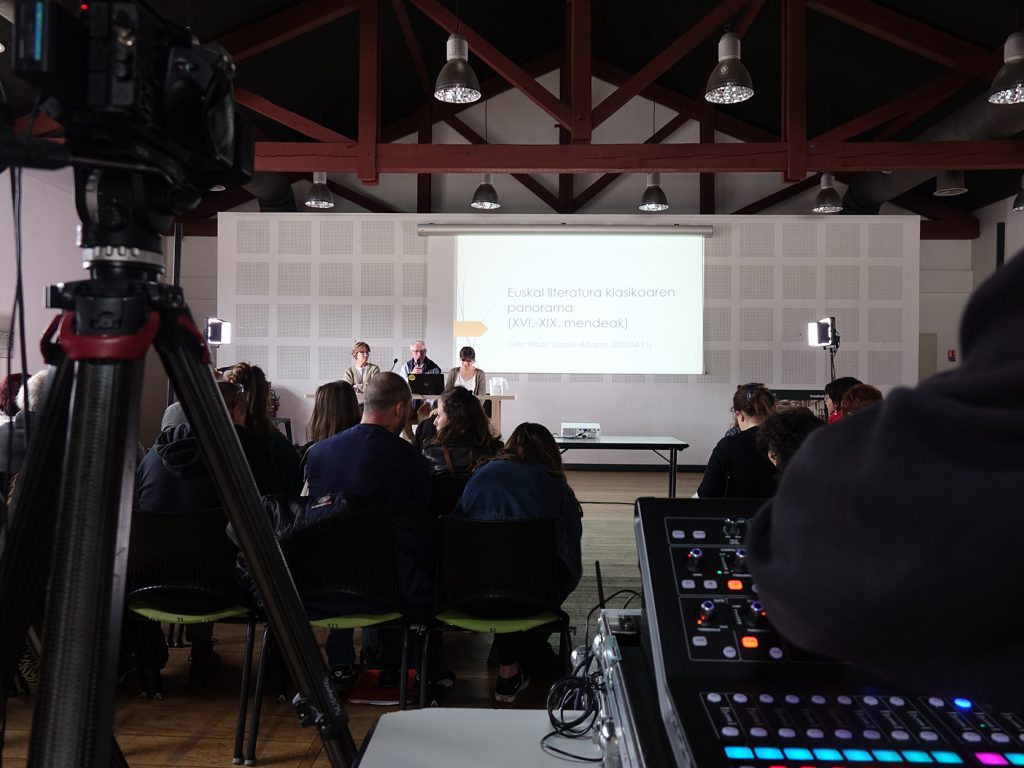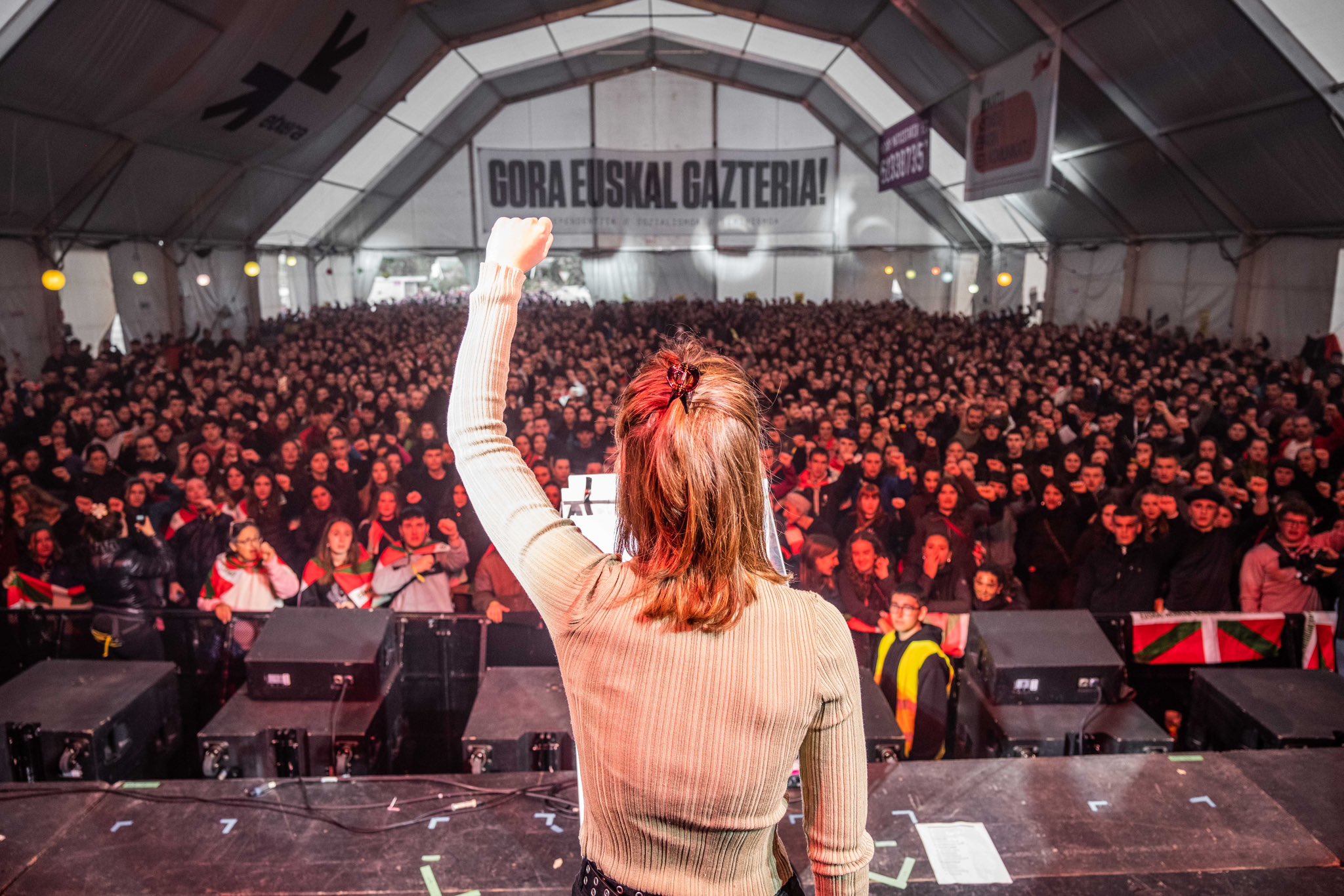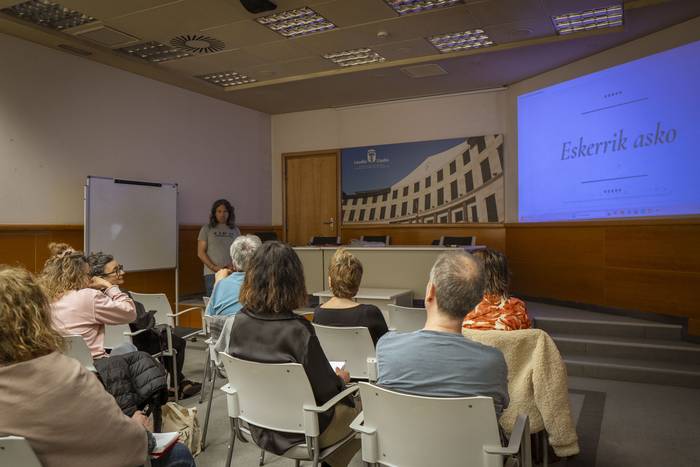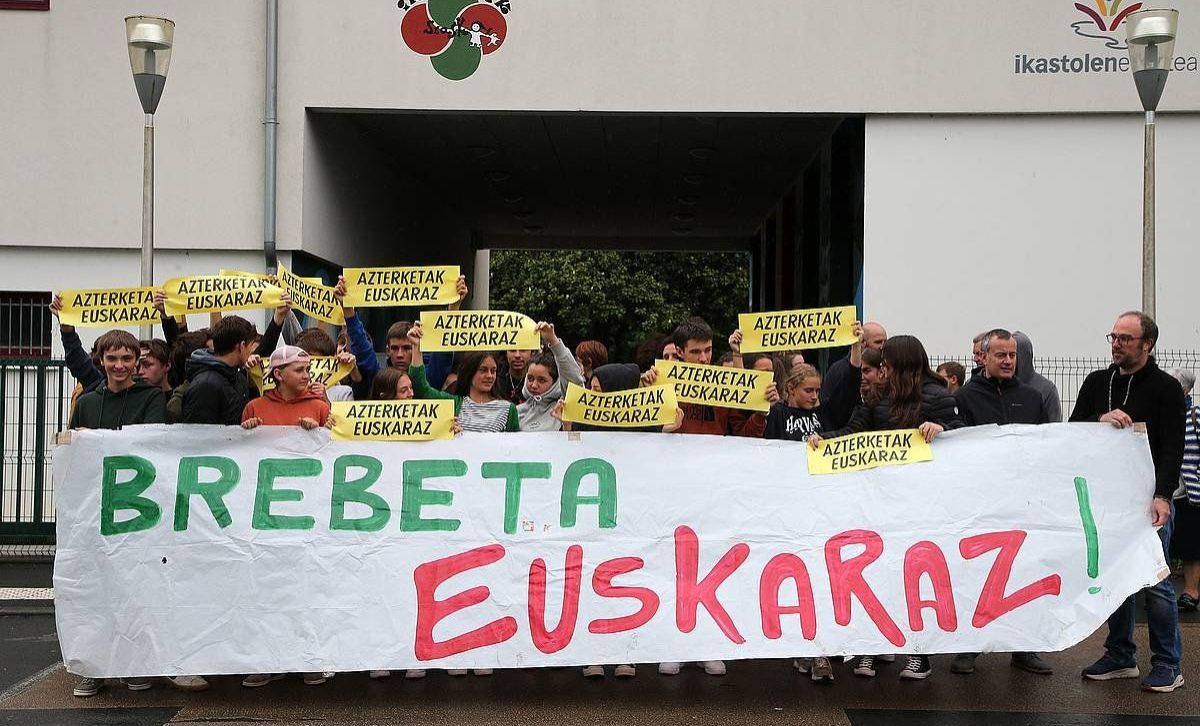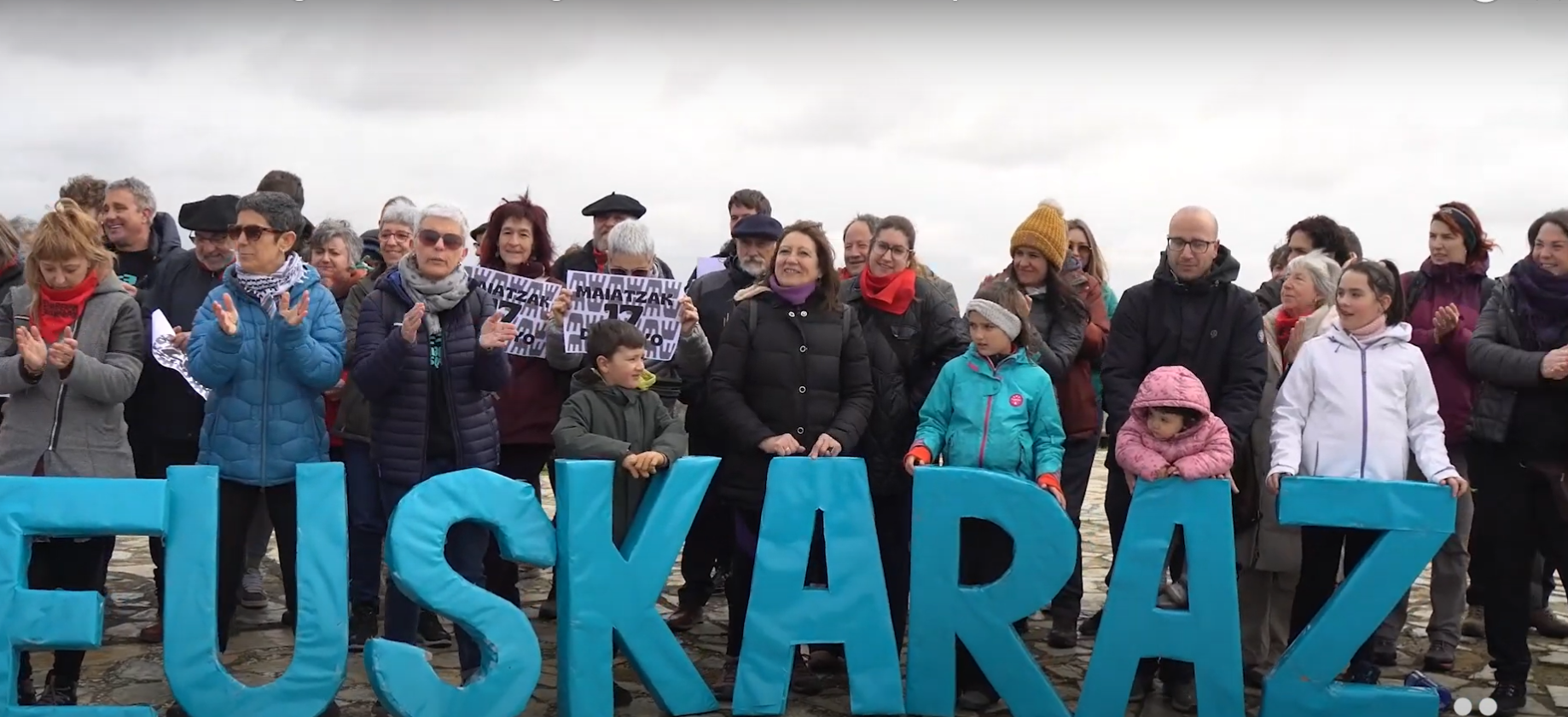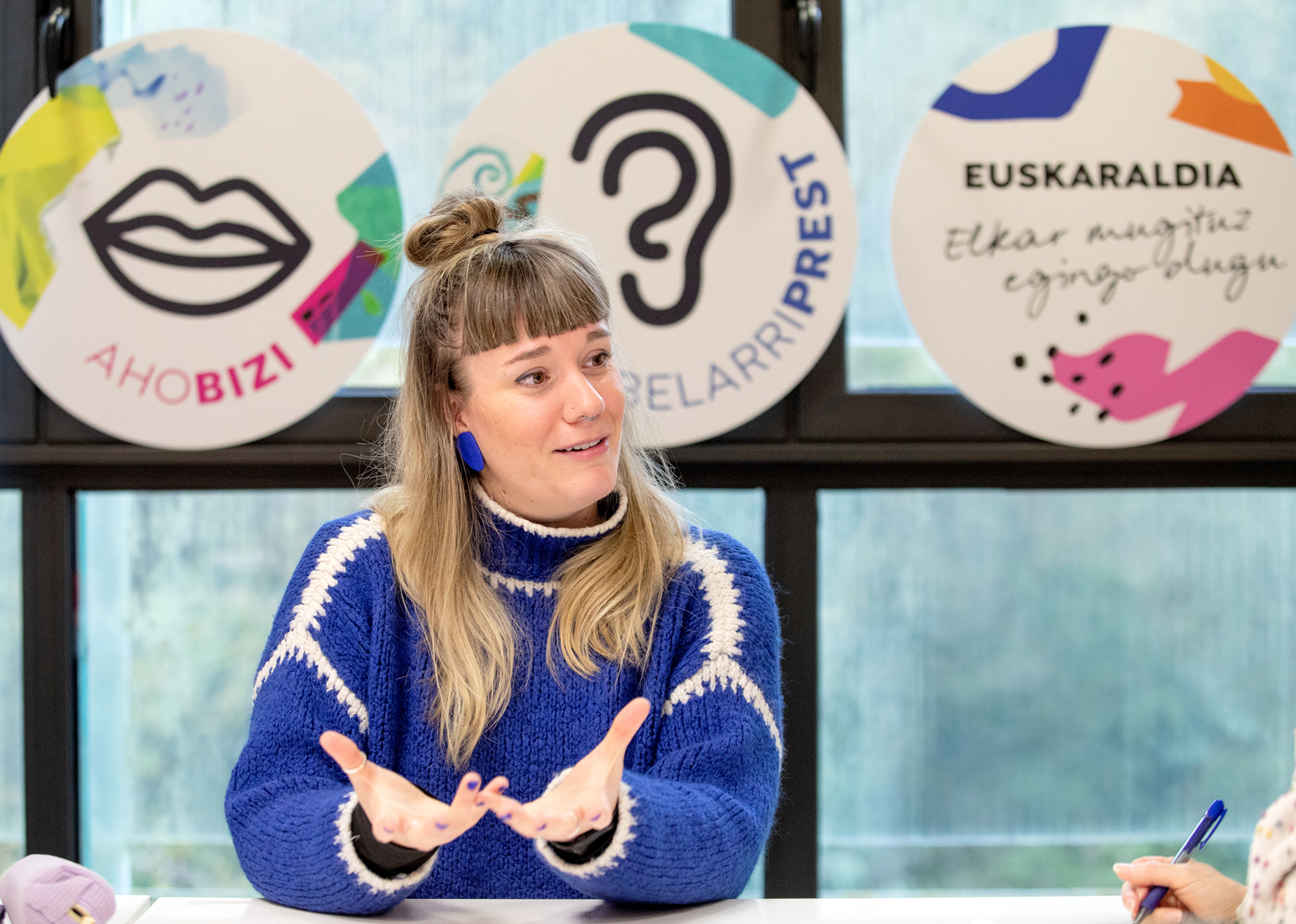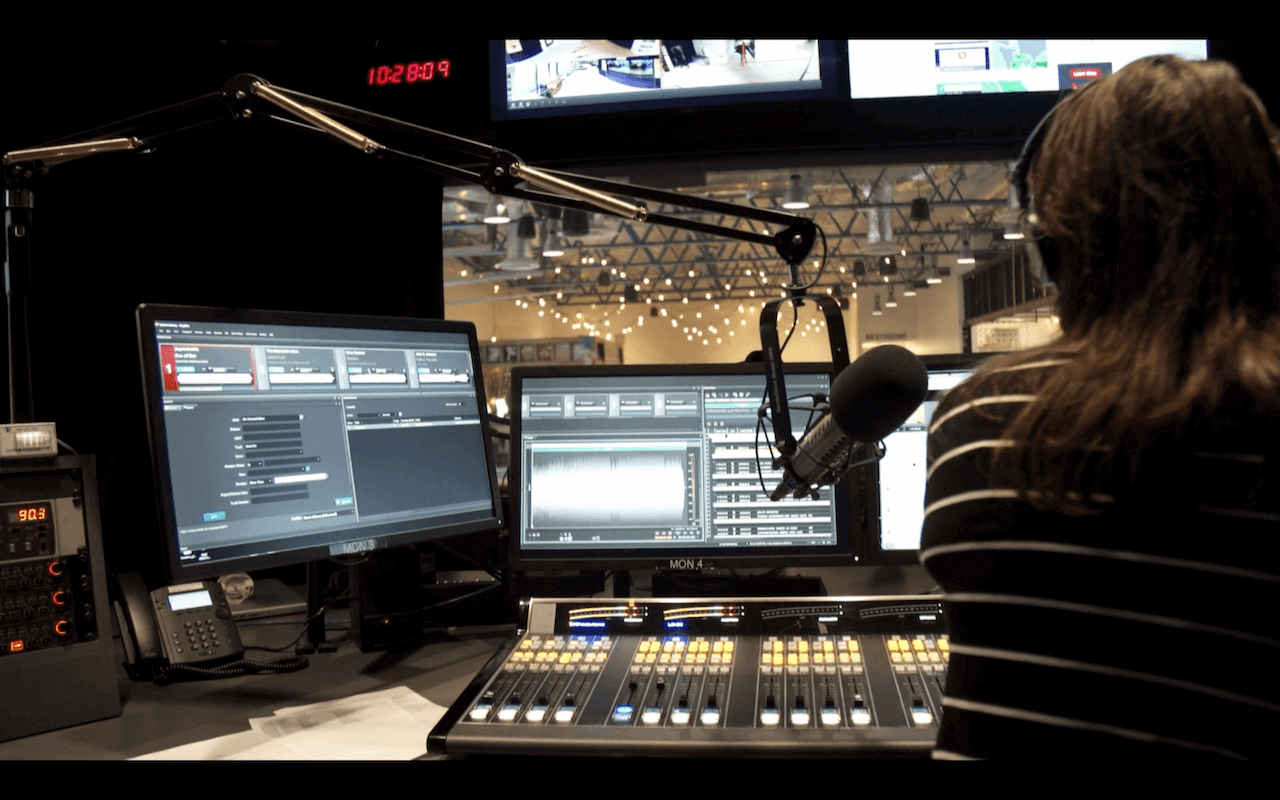They present the first method to read and write braille in Basque
- On 10 May, the Department of Education of the Government of Navarra presented the "Punttuka" method. It is a material aimed at students of Early Childhood and Primary Education, both in ink and in Braille, developed by the Visual Group of the Centro de Recursos de Educación Especial de Navarra (CREENA). Its objective is to facilitate the literacy of visually impaired vasco-speakers through this method and to take an "important step" in the educational inclusion. It presents the phonemes with verses and poems.

From 2018 to 2021, CREENA staff has worked on creating cards and auxiliary means of the method: Puri Mugiro Sorabilla, Isabel Santesteban Ezcurra, Sandra Navarro Balaguer and Manuel del Portillo Elcano. All the material is suitable for children and primary school students and for all students who must learn Braille at any time during school.
The main objective of the CREENA Visual Group is to achieve the full school and social inclusion of students with visual impairment. To carry out this work, it has a cooperation agreement with ONCE. They wanted the material to be "innovative and inclusive," allowing it to be shared with their peers and peers in order to encourage "real inclusion."
It offers multiple means of representation: insertion of two-dimensional images to improve the vision and active touch of people with visual impairment, introduction of three-dimensional objects for a better understanding of the content and introduction of sound content through QR codes.
The visually impaired video says that I used to study only with the teacher and can now share material with friends (see below): "We have a good time, we learn and it's also in Basque."
Fonemas with verses and poems
In the presentation they have highlighted the relationship between the point-by-point method and tradition. In fact, it presents the phonemes with verses, poems, etc., with the current technologies: Verses are obtained by QR codes.
The hammer consists of 34 cards, which include all phonemes, inverted syllables, capital sign, double phonemes and punctuation signs. The vocabulary used has been selected including the most common dictionaries of the Basque Country in Navarre and, in order of study, the peculiarities of Braille and the characteristics of the Basque Country, established in the first booklet prepared by the CRI of Bilbao in 1993 (Resource Center for the Educational Inclusion of Students with Visual Impairment).
The item also has complementary resources, such as a book that collects poetry that has its voice through the QR code; a document with QR codes that join videos, with verses, songs and poems; a 5-car toy train to work the syllables direct and inverse and the three-dimensional objects that complement the pamphlets.
The video they have produced by presenting the method is as follows:
Antton Kurutxarri, Euskararen Erakunde Publikoko presidente ordearen hitzetan, Jean Marc Huart Bordeleko Akademiako errektore berriak euskararen gaia "ondo menderatzen du"
You may not know who Donald Berwick is, or why I mention him in the title of the article. The same is true, it is evident, for most of those who are participating in the current Health Pact. They don’t know what Berwick’s Triple Objective is, much less the Quadruple... [+]
Is it important to use a language correctly? To what extent is it so necessary to master grammar or to have a broad vocabulary? I’ve always heard the importance of language, but after thinking about it, I came to a conclusion. Thinking often involves this; reaching some... [+]
Adolescents and young people, throughout their academic career, will receive guidance on everything and the profession for studies that will help them more than once. They should be offered guidance, as they are often full of doubts whenever they need to make important... [+]
Maiatzaren 17an Erriberako lehenengo Euskararen Eguna eginen da Arguedasen, sortu berri den eta eskualdeko hamaika elkarte eta eragile biltzen dituen Erriberan Euskaraz sareak antolatuta
Ansorena´tar Joseba Eneko.
Edonori orto zer den galdetuz gero, goizaldea erantzungo, D´Artagnanen mosketero laguna edo ipurtzuloa, agian. Baina orto- aurrizkiak zuzen adierazten du eta maiz erabiltzen dugu: ortodoxia, ortopedia, ortodontzia... Orduan (datorrena... [+]
We have had to endure another attack on our language by the Department of Education of the Government of Navarre; we have been forced to make an anti-Basque change in the PAI program. In recent years, by law, new Model D schools have had to introduce the PAI program and have had... [+]
"Ask for your turn and we'll join you," the willing and cheerful announcer who speaks from the studios tells the young correspondent who walks through the streets of Bilbao. The presenter immediately addressed the audience. "In the meantime, we are going to Pamplona..." They opened... [+]









